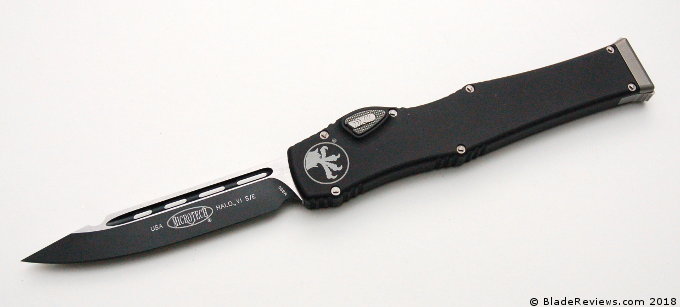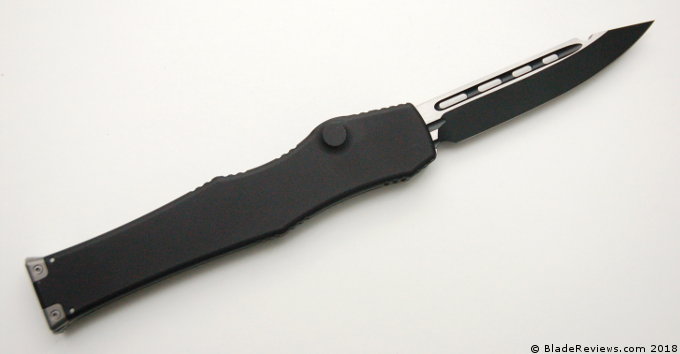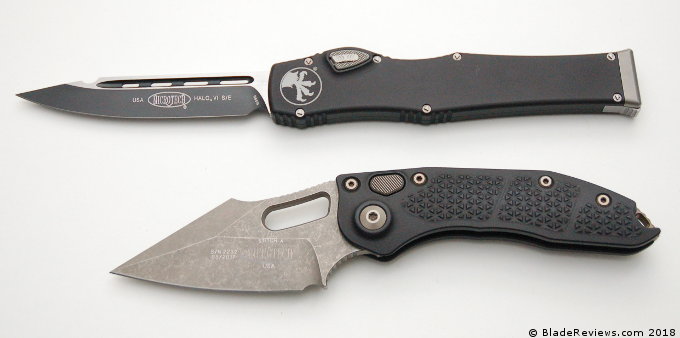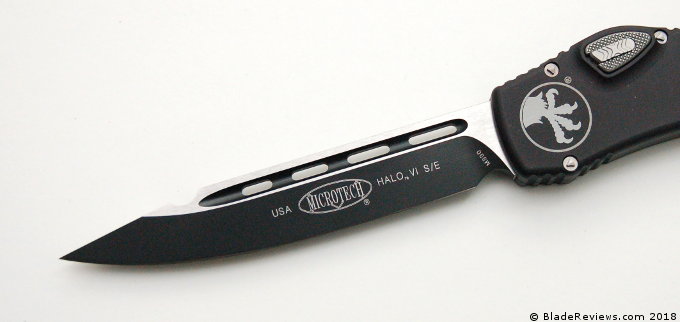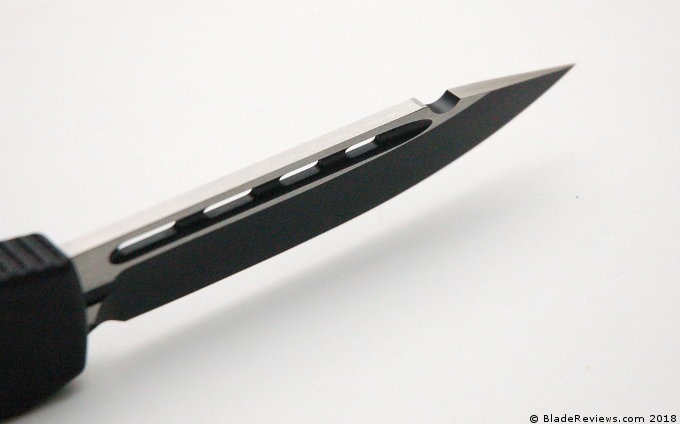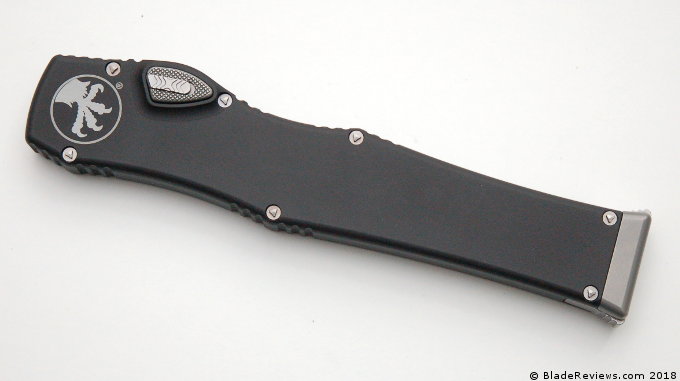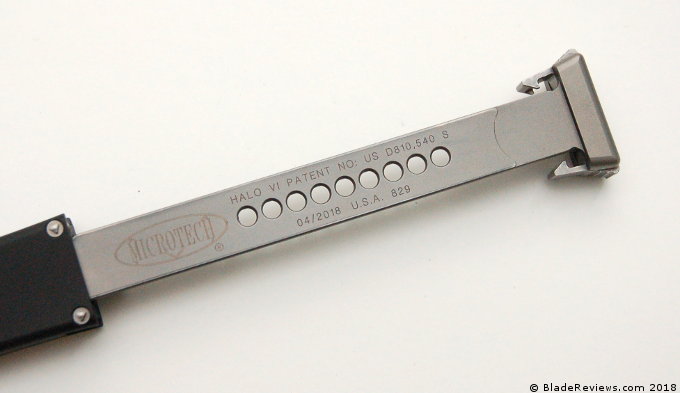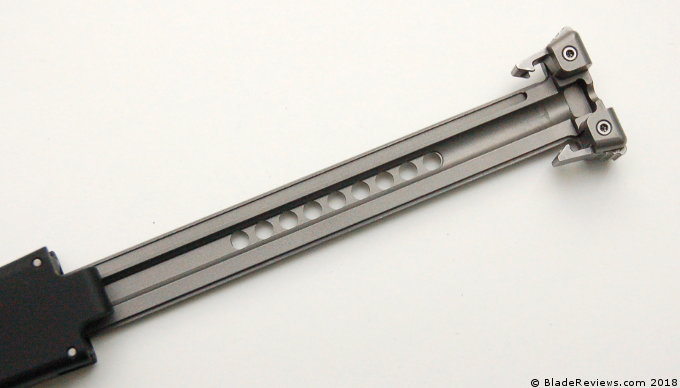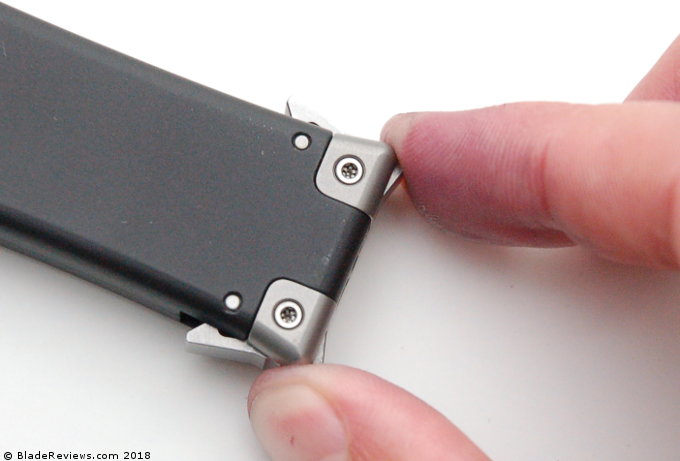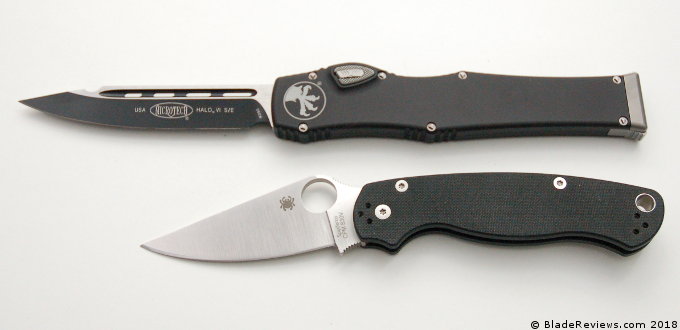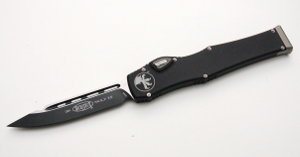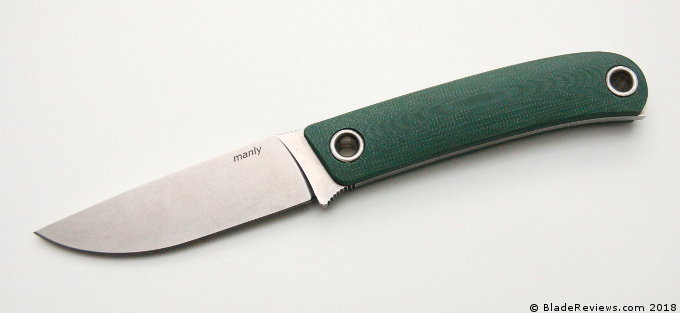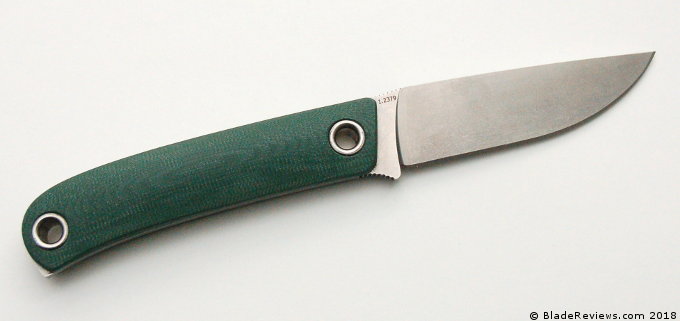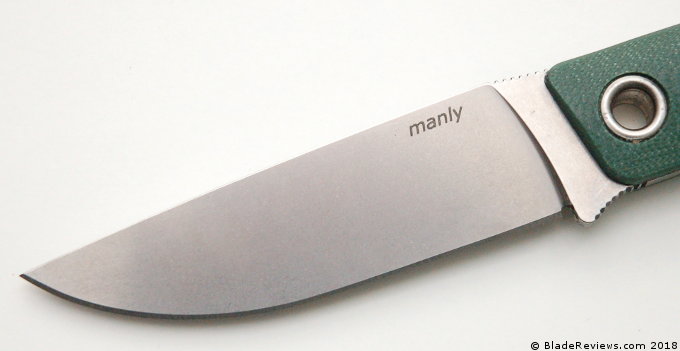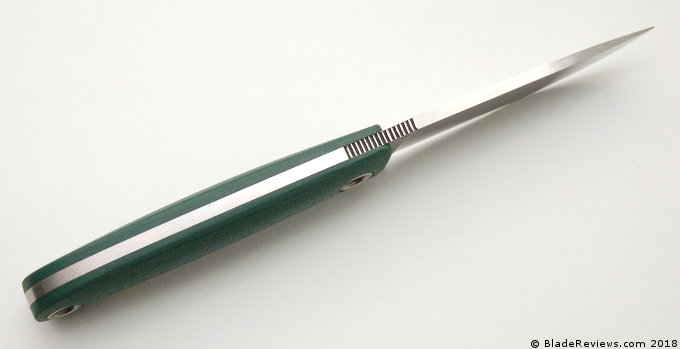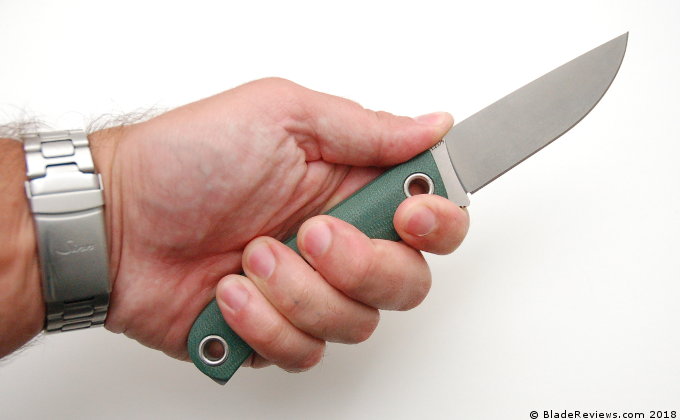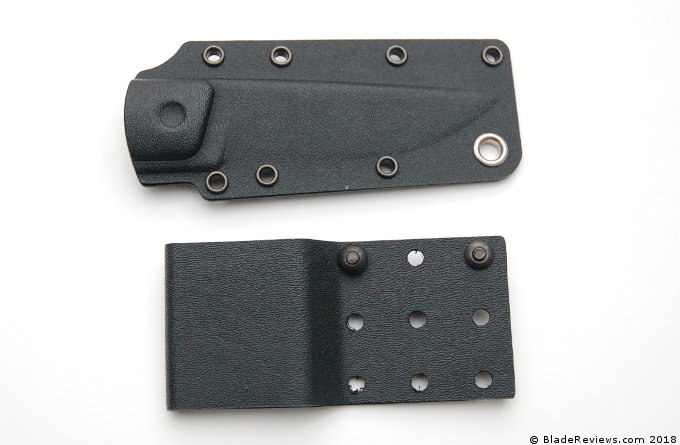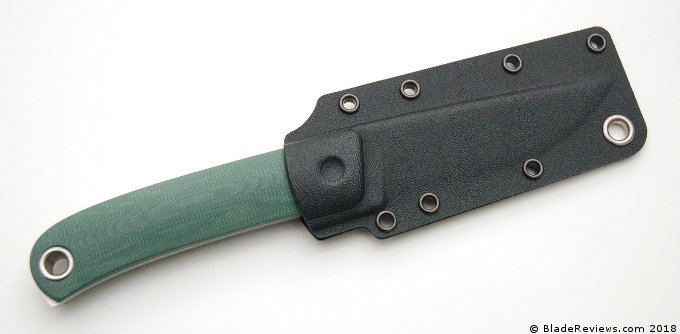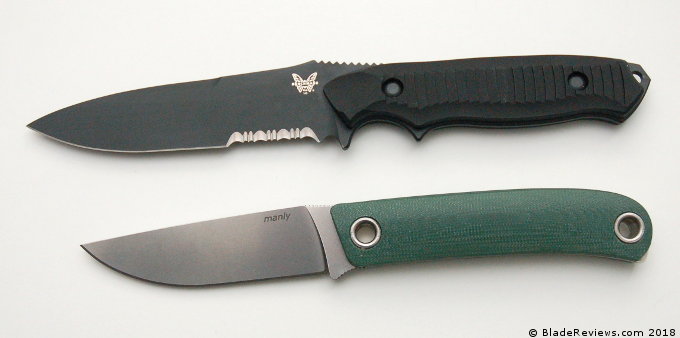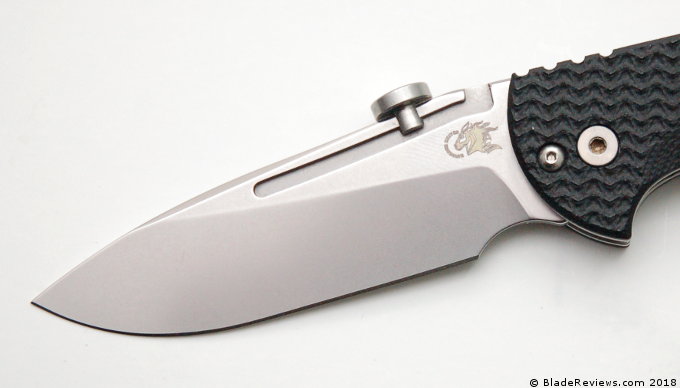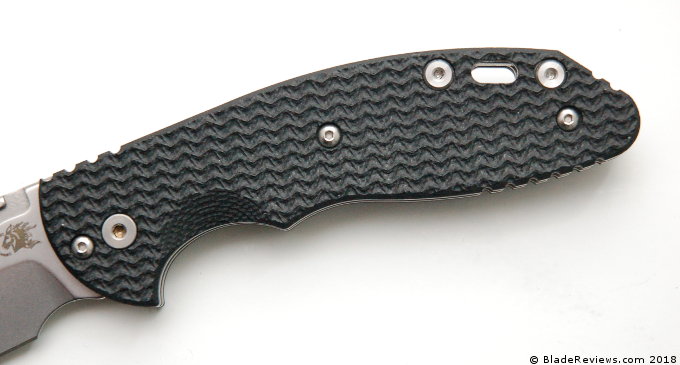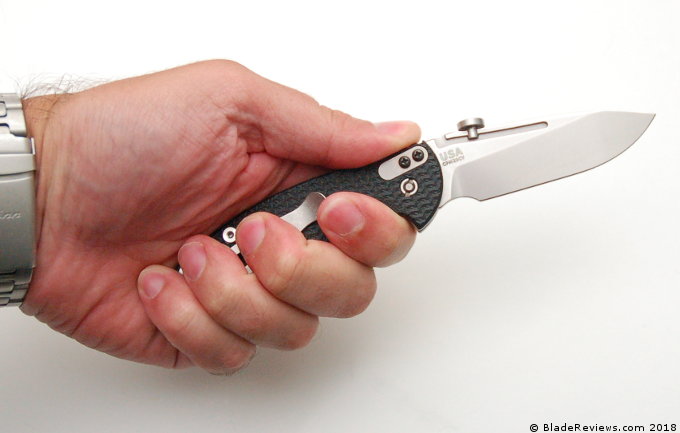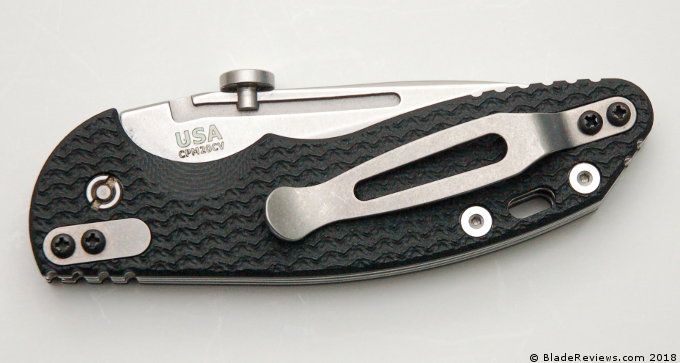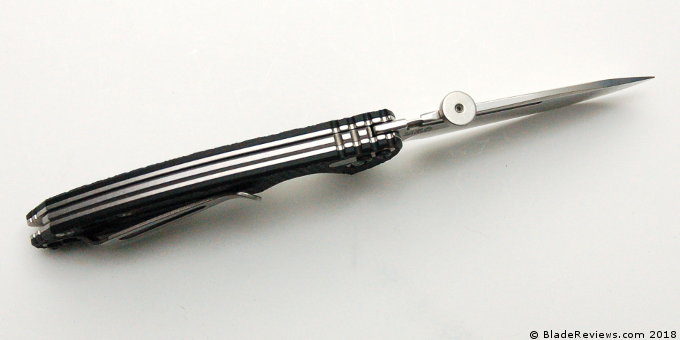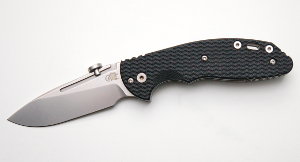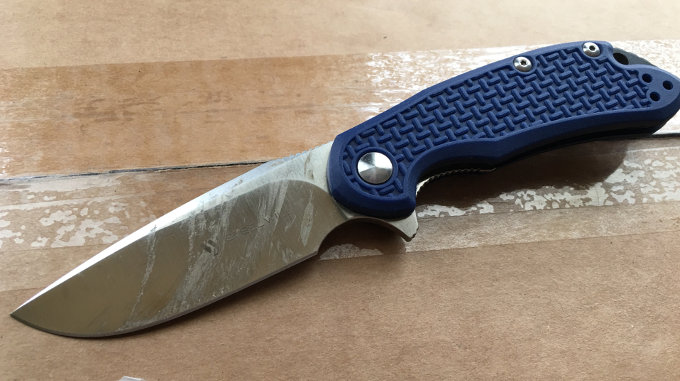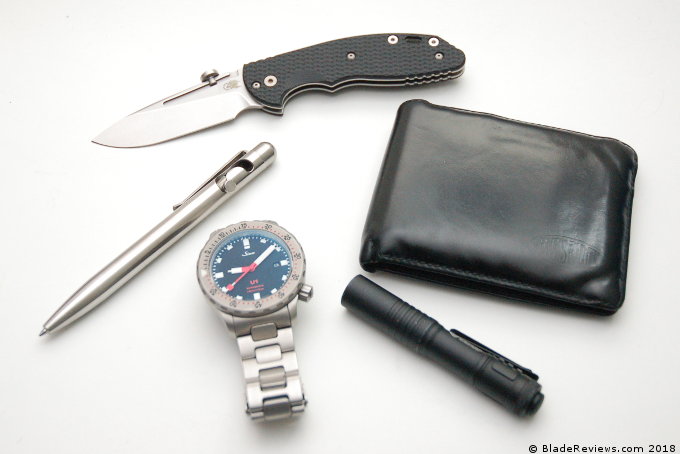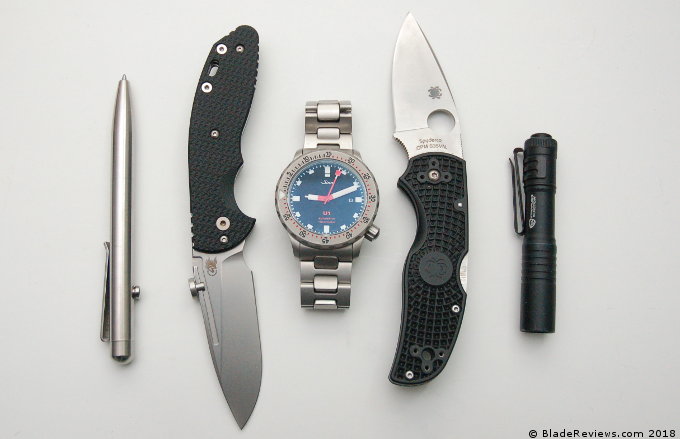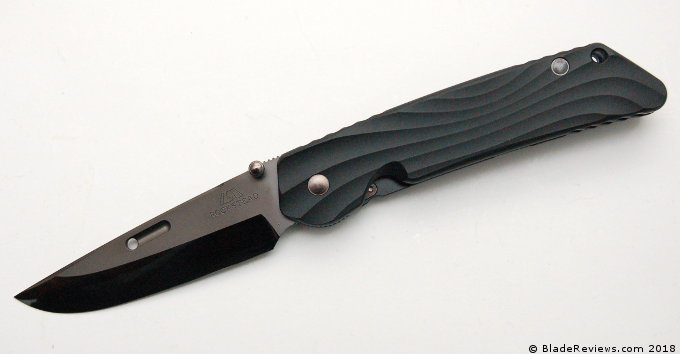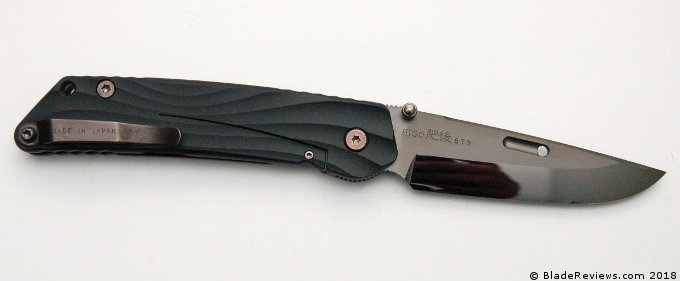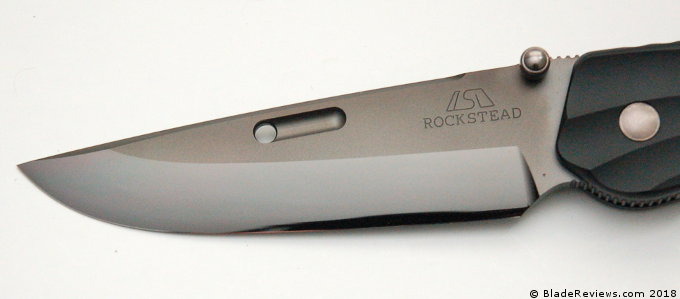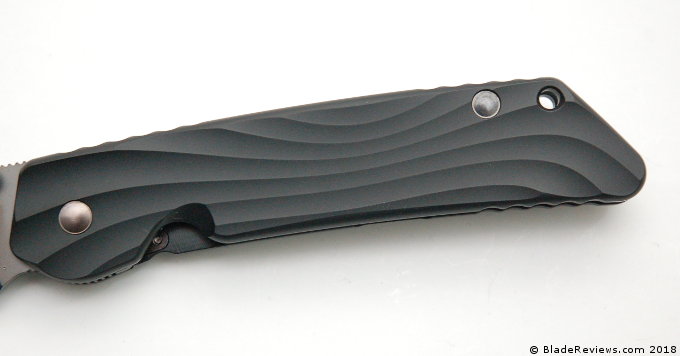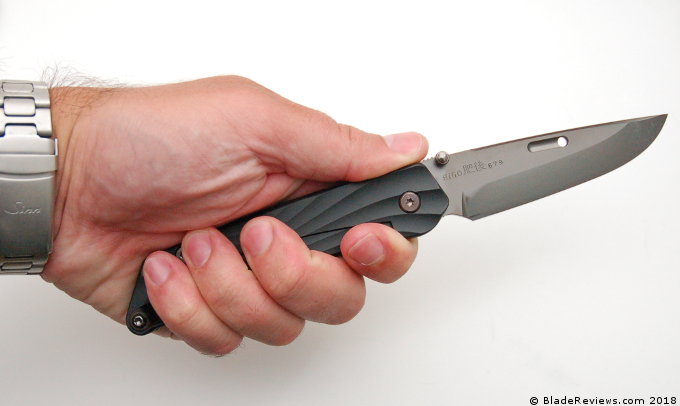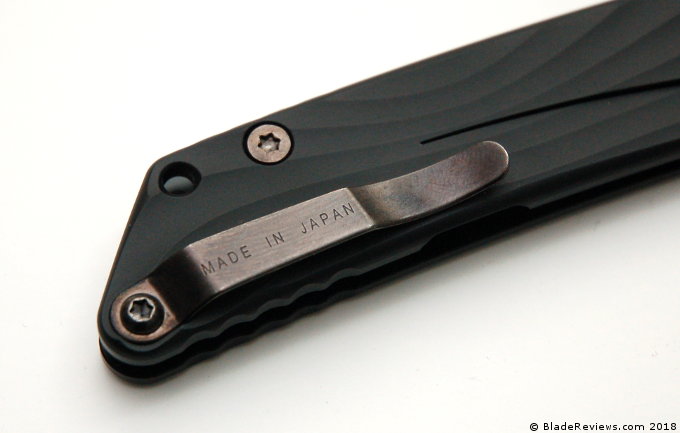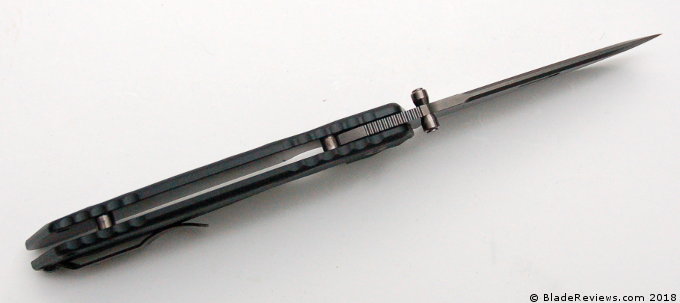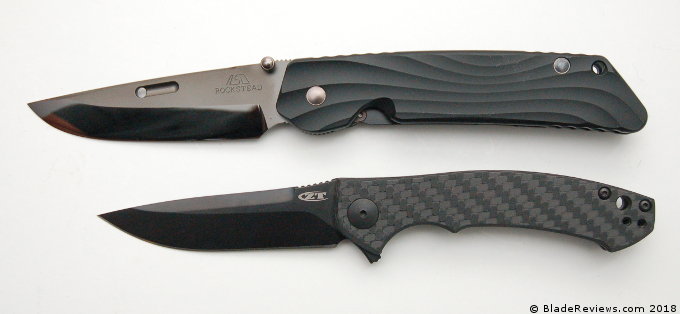It has been a good while since I last updated my personal watch journey. Some may remember that it all began with the humble Seiko SKX173. That continues to be a great dive watch that can be had for under $250. I also bought a Casio G-Shock, another excellent watch that I still own and use to this day.

Those are inexpensive watches. Nothing wrong with that, but after graduating from school and finally entering the working world, a little money began to build up. The money began to smoulder and eventually burn a huge hole in my pocket. Around that time I got the itch for a high end dive watch. After a little research, and the decision not to spend $5k+ on a Rolex, I ended up with an Omega Seamaster Planet Ocean in the older 2500 caliber movement. This was a great watch, but inexplicably after 6 months of ownership my eye began to wander.
On an impulse I picked up the Sinn U1. I bought this watch used on the forums. Frankly I should have held out for a better deal as the watch I bought was pretty beat up. But that was ultimately alright, because it turned into a daily wear for me and I have used my U1 mercilessly over the past 3 years. The first scratches are always the hardest anyways. The Planet Ocean was traded to a good friend, and the U1 hasn’t left my wrist since.
Specifications
- Case Diameter: 44m
- Lug to Lug: 22mm
- Case Thickness: 14.3mm
- Weight: 113 grams (head only)
- Movement: Sellita SW 200-1
Fit
The U1 is substantial. You will notice it on the wrist. While it’s great that this is an overbuilt watch with 1000M of water resistance, I would much prefer to see less water resistance and a thinner case. I haven’t taken the watch 1000 centimeters underwater, let 1000 alone meters, and while I’m sure some folks dive with these watches, just as many don’t.

Maybe Sinn could offer a stripped down version, in the same way Rolex has the chunky Sea Dweller Deep Sea, and then the more practical Submariner. Give it 200M of water resistance and shave a couple millimeters off the height and I’d be even happier with the U1 as a daily wearer.
As an aside, some might say I’m a poser for wearing an over built dive watch in the first place. Do you need you fly an airplane to wear a pilot’s watch? Join the infantry to wear a field watch? Straddle multiple zones to justify a GMT? Summit mount Everest to wear a Rolex Explorer? Wear a dress to wear a dress watch? Give me a break, and feel free to wear whatever watch you like.
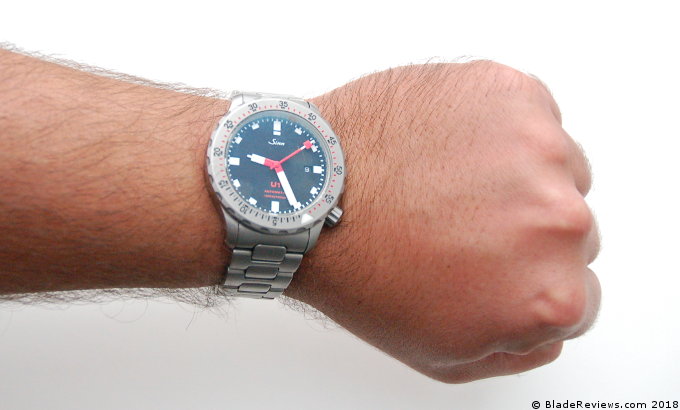
As it stands I don’t think the watch is comically thick. It actually seems pretty balanced on my 7.25″ wrist, and it hides beneath a standard shirt cuff easily. But still, it’s a thick watch and I’d like to see a couple millimeters shaved off here. The extra bulk was never a feature for me, but I like the rest of the watch so much that I’m OK with it.
Movement
The Sinn U1 features a Sellita SW 200-1 movement. This is a competitor of the ETA 2824-2 movement. It’s a 26 jewel movement, with hours, minutes, seconds, and date, hacking, and a 38 hour power reserve.
Personally, I’ve never gotten anything close to 38 hours of power reserve out of this watch, but it keeps decent time. I end up updating the time every month or so when I notice it has gone a couple minutes fast. I haven’t bothered with testing how many seconds a day it is off. Just not something I’m interested in doing.

This is a robust movement that is shock resistant per DIN ISO 1414, and anti-magnetic per DIN 8309. Good to know.
Practically speaking I’ve put this watch through a good deal of use. Plenty of weight lifting, swimming, yard work, and whatever else for a few years now (desk riding? cheese pizza eating?). I’ll take the watch off if I’m going to dig a hole or use a hammer, but beyond that the U1 watch has been my daily watch for years. It’s taken a few hard knocks, and has plenty of dings to show for it. But it keeps on ticking.
Case and Crown
The case is a chunk of bead blasted German submarine steel. It’s simple, but crisply machined with long tapered lugs protruding out from beneath the oversized bezel. The case itself is designed to look a little thinner than it actually is, giving it a more balanced look on the wrist, but there is a lot of case here and a domed steel case back adds to the bulk.
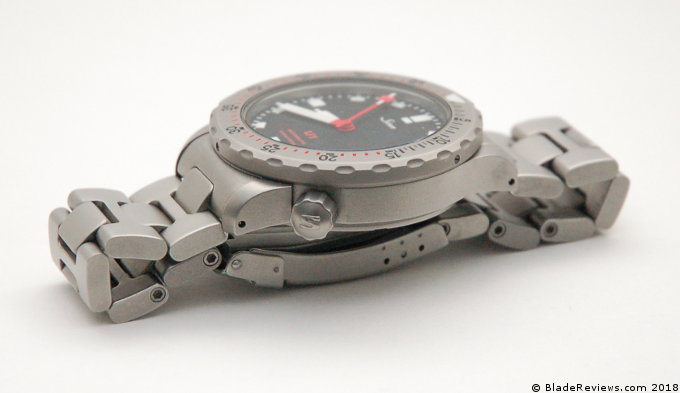
Sinn placed the crown at 4 o’clock. This makes the watch comfortable to wear on the left hand and decreases the footprint of the watch. There are no crown guards and the signed 7mm crown is large and easy to grasp. The threading on the crown is excellent. It’s easy to unscrew the crown, wind the watch or make whatever adjustments you need to the date or time, and screw it back in place. I’m paranoid about cross threading my watch crowns, so I’m glad to report this isn’t an issue.
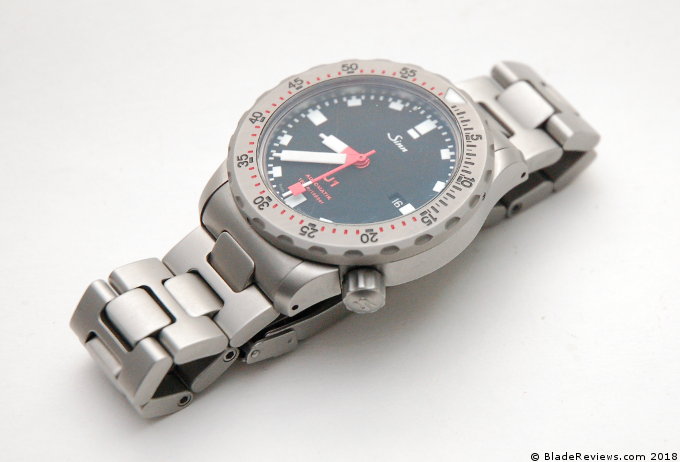
Dial, Bezel, and Crystal
The dial and hands of the U1 are probably the most polarizing features of the watch. You will either love or hate the “lego” hour markers and hands. I happen to love this unique look. It’s one of the reasons why I bought the watch. I must admit it was something of an acquired taste, much like Spyderco knives with their distinct thumb holes. If you absolutely can’t get over the lego hands, but otherwise like the look of this watch, then the Sinn U2 may be the way to go.

Regardless of your personal feelings towards the aesthetics of the U1’s dial, I don’t think anyone can argue how legible this layout is. The crisp red and white hands and white hour markers jump out from the jet black dial. It is a relatively simple painted dial, but in that simplicity lies an elegance all unto its own.
And of course the markers and hands have been applied with luminescent green paint. The lume is good stuff. It’s not quite Seiko caliber, but it’s pretty good and the time is easily visible at night.
Of interest is the 60 click uni-directonal bezel. It is oversized and easy to grasp. Rotating the bezel is somewhat satisfying. The clicks aren’t the crispest, but it gets the job done.
Perhaps the most interesting aspect of the bezel is that it is made from tegimented stainless steel. TEGIMENT is a special surface hardening technology Sinn employs to make the steel more scratch resistant. That’s a good thing as I’ve whacked this protruding bezel into all sorts of things. Everything from door frames to kitchen faucets. I’ve managed to introduce some small scratches to the bezel, but by and large it has held up well over the years.
Strap and Bracelet
The U1 comes with a rubber strap or stainless steel bracelet. I like the bracelet and have not worn my U1 on a strap. Part of that is because the strap I got was already cut too small for my wrist. The lugs are drilled, so if you want to swap out the bracelet for a strap, theoretically it wouldn’t be too hard to do.
The bracelet is offered in regular steel or Sinn’s tegimented steel and features the same bead blasted finish of the case. My bracelet is the regular steel, and it shows plenty of wear, but has also developed a cool worn patina at this point. It’s very difficult to see in the pictures, but up close and in person the bracelet is covered in a fine pattern of scratches and rub marks.
The edge of the clasp is worn so much it appears polished at this point. You can kind of see it in this picture (on the left side of the clasp):
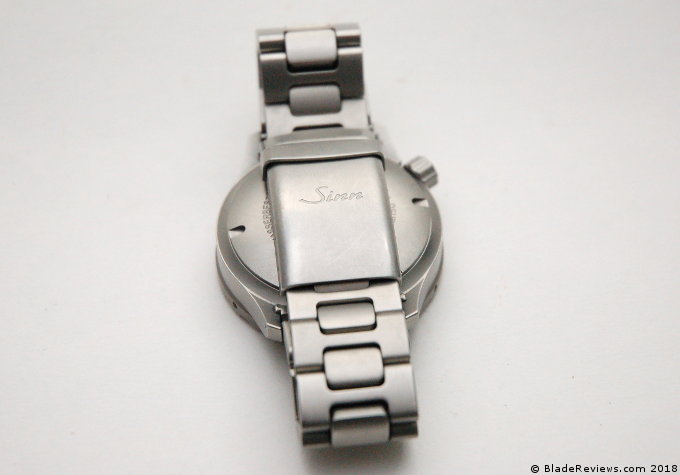
Doesn’t bother me a bit.
This is a chunky H-link style bracelet with solid end links. It is easy to adjust the bracelet as the extra links are held in place with small allen bolts. While these allen bolts make it easy to add and remove links, one of the bolts wiggled loose over time and fell out. So you will want to watch the bracelet closely and periodically tighten any loose bolts or perhaps apply a little thread locker. Replacement hardware can apparently be purchased from WatchBuys.

The deployment clasp is also solid and robust. You have 3 micro adjust points on the clasp that is held in place with a pin as well as a dive suit extension. All pretty standard stuff.
I have found that the clasp itself has a tenancy to pop loose. That is probably because I wear the watch tight on my wrist. If I do something like push myself up off the floor or out of a swimming pool, the force from the contracting muscles in my forearms will be enough to pop this clasp loose. This is my biggest gripe with the watch besides the thickness of it. I’d like to see the clasp lock more securely.
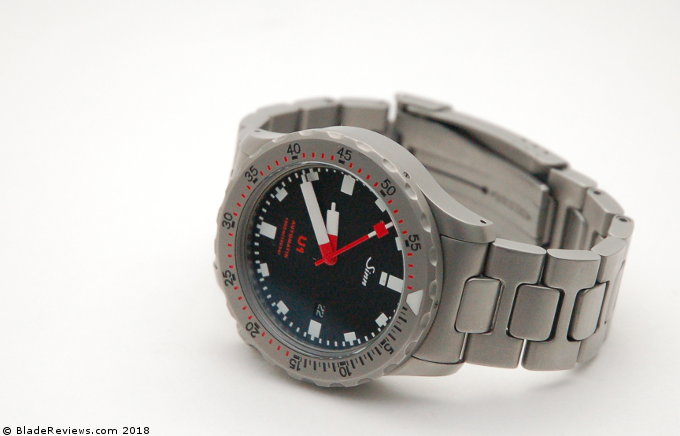
Personally, I’m a big fan of the bracelet. It looks great, and I find this watch wears comfortably.
Sinn U1 Review – Final Thoughts
I love this watch. The fact that it has been my daily wear for almost 3 years and that it kicked a watch twice as expensive off my wrist should speak volumes about it. I wouldn’t call myself a true watch aficionado by any means, but I appreciate watches and could justify buying a more expensive one if I wanted to. Yet every time I stare down at my U1 it makes me wonder why I would want anything else.
My favorite part of the U1 is how it is different from everything else on the market. It seems like in the world of dive watches all roads lead back to the Rolex Submariner. That is for good reason as the Submariner is the quintessential dive watch, but what I enjoy about the U1 is that it is not trying to be a Submariner. The unique design and solid execution allow me to appreciate it for what it is. Some might want something a little sleeker and more refined, but I like it. I would like to see the case be couple millimeters thinner, and the clasp be a little more secure, but beyond that I have no complaints.
I recommend the U1 it without hesitation. In a moment of weakness, I recently purchased another dive watch (the Seiko SBDC0053). The SBDC053 is an amazing watch, and I will review it, but I have to tell you I keep coming back to this U1.
I have had a lot of fun wearing this Sinn U1, and appreciate its unique take on the otherwise ubiquitous dive watch.
Sinn has only one dealer in the states, and that’s WatchBuys. So if you want to buy one new, that’s your only option here in the USA. I don’t have an affiliate relationship with WatchBuys. I do have affiliate relationships with Amazon and Jomashop, and really appreciate the people who have used my links to buy watches and gear through those sites. When you do that BladeReviews earns a small commission that keeps the website independent, and pays for our excellent writers. Thank you very much.
Also, if you like the watch reviews, here is a link to all our watch reviews.
